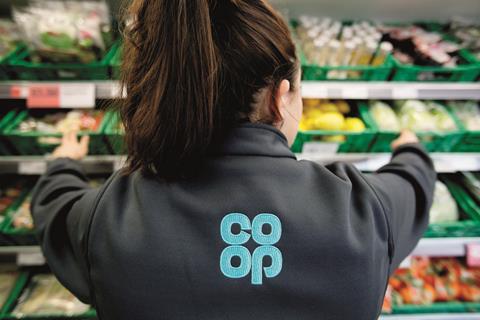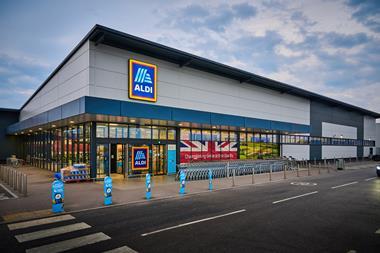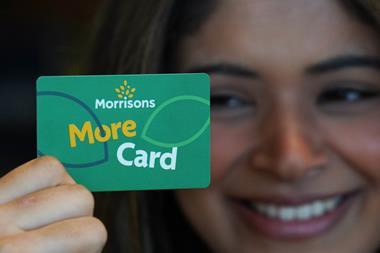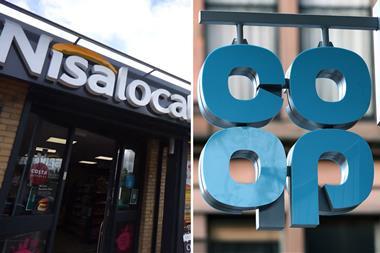
Convenience stores are about location, speed of shop and consumer distress purchases. Price has always been secondary – until now.
Co-op’s £70m investment into pricing marks yet another landmark shift in the retail landscape. Matt Hood has guided Co-op to growth though innovation and loyalty in recent years, with a close eye on range and formats. But at time when even Waitrose has invested £100m in price cuts, Co-op’s message inevitably needed to include pricing competition.
The move also responds to a foreseeable crisis in convenience. The pressures of the cost of living crisis have been compounded by intensified competition such as Asda and Morrisons’ raised focus on small stores and garage forecourts, plus partnerships like BP and M&S. As cash-strapped consumers migrate from mid-tier branded goods to own-brand lines, Tesco this week increased its own label and value range focus in c-stores.
It’s all part of a relentless battle for Co-op’s target shopper: the convenience consumer. If left unaddressed, it may have left Co-op meeting only the needs of distress shoppers and the mobility-hampered. In both cases, that would have resulted in a low basket size. Co-op needed to act.
The Co-op pricing announcement is a defensive move, but it’s a clever one. Its ‘Member Prices’ loyalty programme has now been extended to all Co-op stores. The pricing initiative will clearly act as a national launch to drive up membership and establish it as a national competitor.
The new scheme has some obvious similarities to those of the major mults: giving savings to card holders in order to get more cards in hands, which should increase penetration and loyalty. The Apple phone wallet feature is a plus, as carrying another loyalty card is itself a real barrier for shoppers.
By raising funds for local community activities – an attribute highlighted in its marketing – the scheme additionally plays to Co-op’s strength in heritage. This is an area that is hard for the mainstream retailers to replicate.
Perhaps a price reduction strategy for a convenience retailer is a roll of the dice, especially when we know Co-op is suffering losses to shoplifting. But £70m is actually a low investment in absolute terms compared to its chain competitors, and it is an effective marketing message to drive membership, loyalty and community messaging.
The Co-op couldn’t afford to do nothing. The real concern is for the convenience retailers who can’t afford to invest £70m. They face an intensely bleak period waiting for promiscuous shoppers’ pockets to replenish so they can sell through the stock they bought at higher prices.



















No comments yet